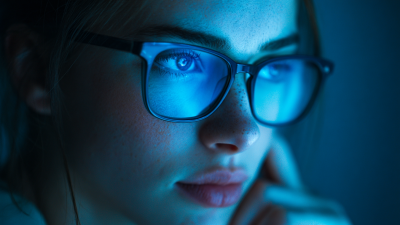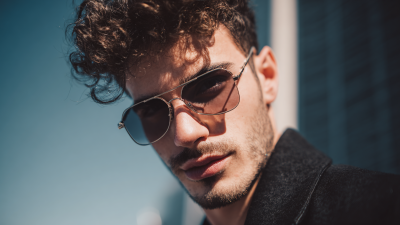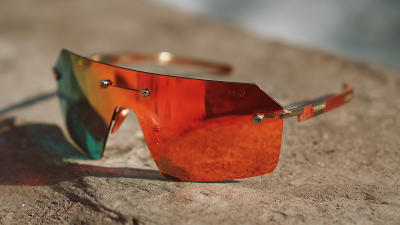In recent years, the increasing prevalence of screens in our daily lives has raised significant concerns about eye health, leading to a greater demand for protective solutions like Blue Light Reading Glasses. According to a report by the Vision Council, approximately 80% of adults in the U.S. experience digital eye strain, a condition exacerbated by prolonged exposure to blue light emitted from devices. As awareness of this issue grows, the global market for blue light filtering eyewear is projected to reach $18.5 billion by 2026, according to Grand View Research. This surge in popularity reflects not only a commitment to improving visual comfort but also an emerging trend in global wellness, as consumers prioritize eye care in their overall health strategies. With advancements in lens technology and design, Blue Light Reading Glasses are poised to become essential tools for safeguarding vision in our digital age.
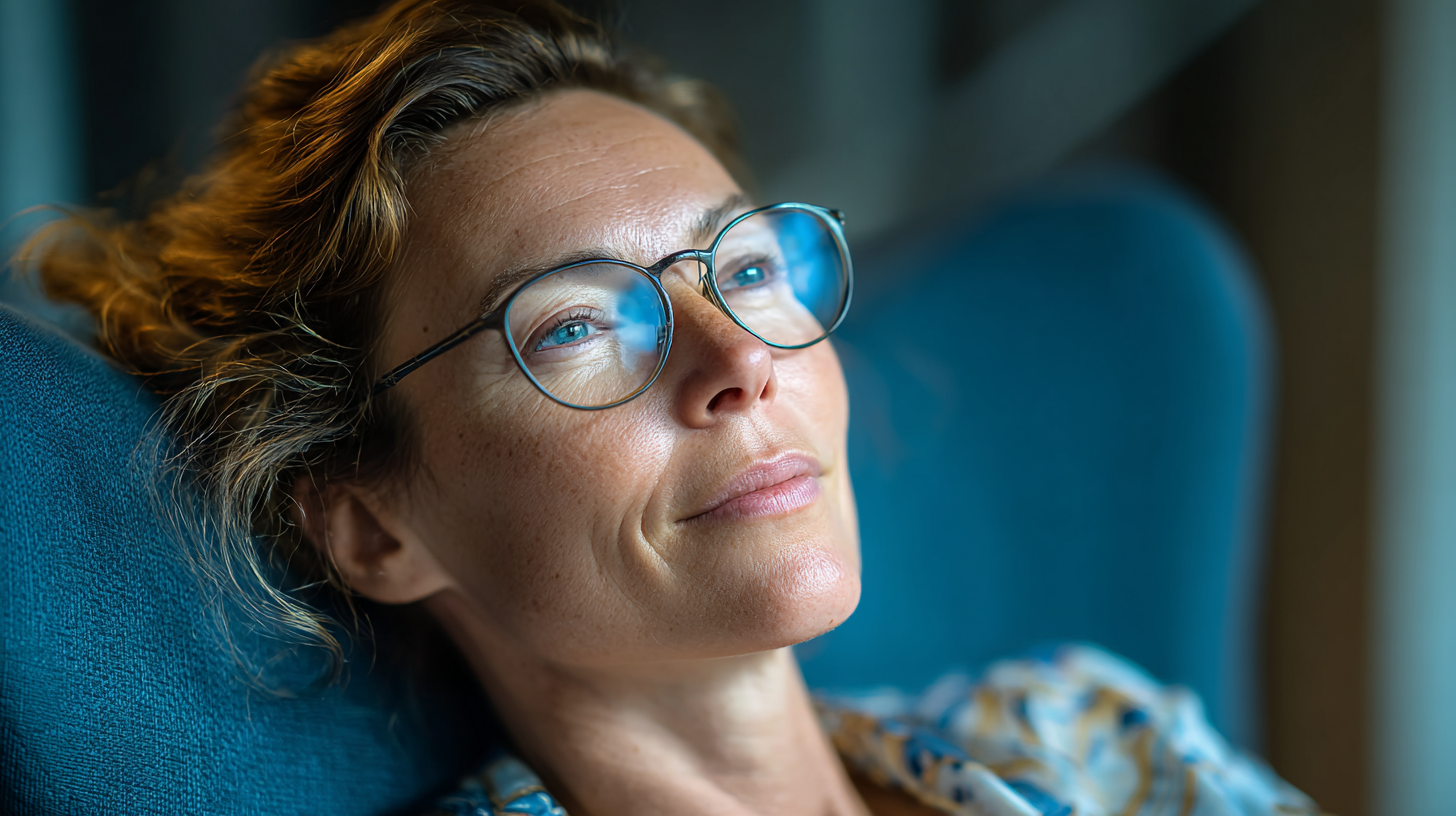
The rise of digital screens in our daily lives has cast a spotlight on blue light and its potential effects on eye health. According to a report by the American Optometric Association, nearly 60% of Americans experience symptoms related to digital eye strain, commonly referred to as computer vision syndrome. This condition is primarily attributed to the prolonged exposure to blue light emitted from screens, which can lead to discomfort, fatigue, and long-term vision problems. Research indicates that blue light can penetrate deeper into the eye, causing strain on the retina, and potentially leading to macular degeneration over time.
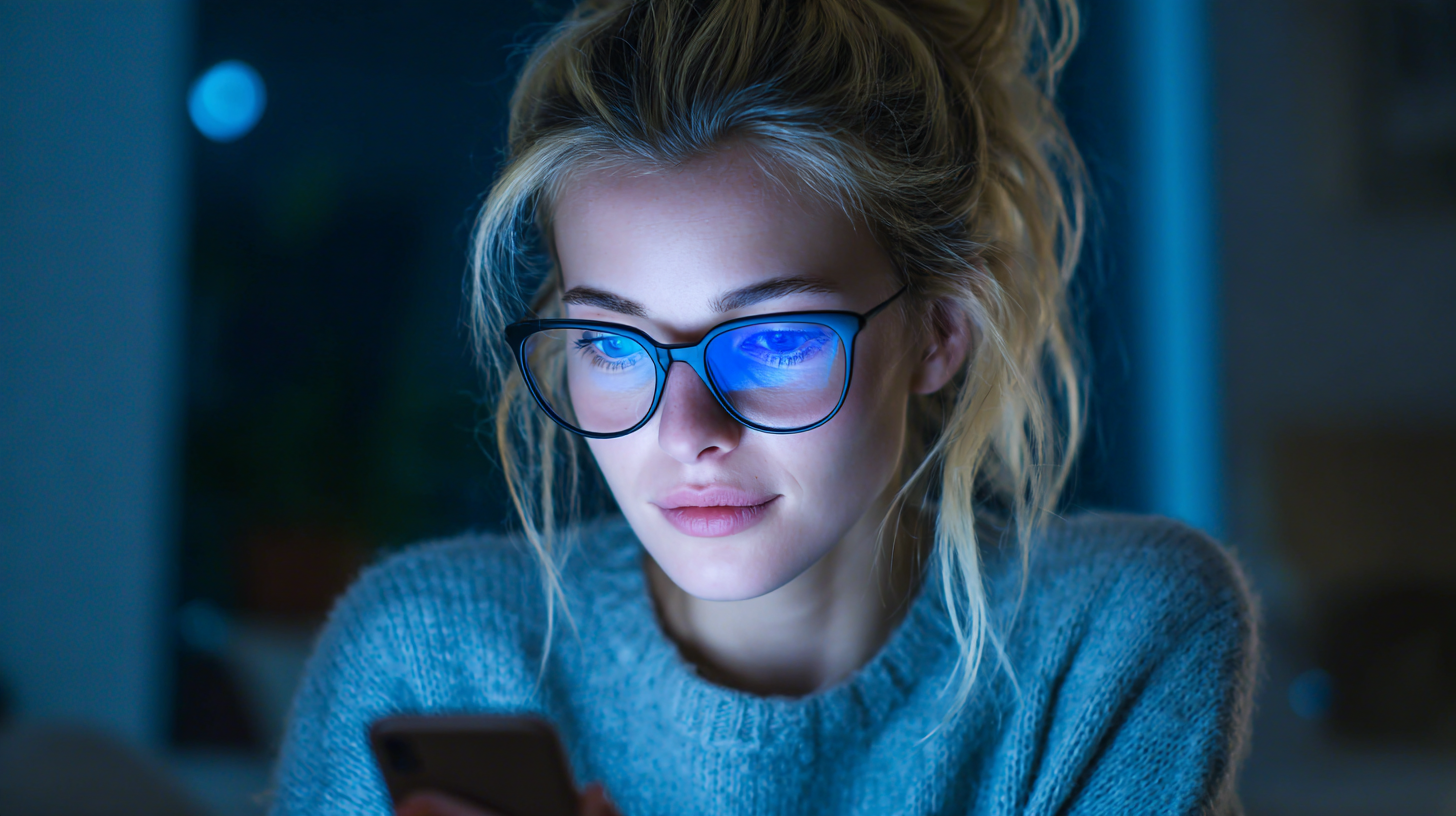
As awareness of these issues grows, the demand for blue light reading glasses has surged. A study from Research and Markets predicts the global blue light filtering glasses market will reach USD 20 billion by 2025, reflecting a conscious shift towards proactive eye care. These specialized lenses filter out harmful blue light wavelengths, reducing eye strain and improving overall comfort during screen use. This innovative solution not only caters to the eye health of individuals but also aligns with the broader wellness trends aimed at mitigating the impacts of our increasingly digital lifestyles.
Blue light reading glasses have gained significant attention as a solution to the growing concern over digital eye strain caused by prolonged exposure to screens. The science behind these glasses lies in their ability to filter out harmful blue light that emanates from digital devices, reducing glare and improving visual comfort. This protective layer can help alleviate symptoms such as eye fatigue, headaches, and disrupted sleep patterns, which are increasingly prevalent in our technology-driven world.
To maximize the benefits of blue light reading glasses, consider incorporating some simple tips into your daily routine. First, take regular breaks when using screens by following the 20-20-20 rule: every 20 minutes, look at something 20 feet away for at least 20 seconds. This practice helps to relax your eye muscles and reduce strain. Additionally, ensure proper lighting in your workspace to minimize glare, and adjust your screen brightness to complement your glasses. These small changes can contribute greatly to your overall eye health and well-being.
As the global focus on wellness trends continues to evolve, understanding the role of blue light reading glasses is crucial. By being proactive about eye care and making informed choices, individuals can safeguard their vision and enhance their quality of life in an increasingly digital landscape.
| Dimension | Value |
|---|---|
| Global Blue Light Glasses Market Size (2023) | $4.5 Billion |
| Projected Growth Rate (2023-2030) | +10% CAGR |
| Percentage of Adults Using Blue Light Glasses | 30% |
| Common Symptoms Relieved by Blue Light Glasses | Eye Strain, Headaches, Fatigue |
| Awareness Level About Blue Light Effects (Surveyed Adults) | 65% |
| Primary Reasons for Use | Screen Time, Sleep Improvement |
| Average Price of Blue Light Glasses | $50 |
| Popular Age Group for Purchase | 18-34 Years Old |
As the digital landscape continues to expand, global awareness of eye health is becoming increasingly critical. According to a study by the Vision Council, approximately 80% of adults in the U.S. use digital devices for more than two hours a day, leading to a significant rise in complaints of digital eye strain. This growing concern has led to a heightened demand for blue light solutions, particularly blue light blocking glasses, which have gained popularity as an effective preventative measure against eye discomfort and long-term damage.
In recent years, the global market for blue light glasses has seen remarkable growth. Research by Statista estimates that the market for non-prescription blue light glasses will reach over $25 billion by 2025. As awareness about the potential risks of blue light exposure increases, more consumers are seeking products that promise to reduce eye strain and improve their overall well-being. This surge in popularity reflects a broader trend in health consciousness, as people become more proactive about their eye care in an era dominated by screen time. With ongoing innovations in lens technology, blue light glasses are not just a trend but are paving the way towards a more sustainable approach to eye health globally.
Choosing the right blue light glasses for your lifestyle has become increasingly important as our exposure to screens intensifies. According to a report by the American Optometric Association, nearly 80% of adults experience digital eye strain, with symptoms including dryness, blurred vision, and headaches. Blue light reading glasses can mitigate these effects by filtering out a portion of blue light emitted from digital devices, thereby enhancing visual comfort. Brands such as Felix Gray and Gunnar Optiks have reported a surge in demand for these specialized glasses, pointing towards a growing awareness of eye health in the digital age.
When selecting blue light glasses, consider factors such as lens tint, frame style, and your daily screen time. A survey conducted by The Vision Council revealed that 70% of consumers are more conscious of their eye health due to increased screen usage since the pandemic. For individuals who spend over six hours a day on screens, lenses with a yellow tint can provide extra protection by blocking more blue light. Meanwhile, stylish frames can ensure that protective eyewear fits seamlessly into various lifestyles, from professional settings to casual environments, thereby promoting not only health but also confidence in appearance.
This chart illustrates the rising trend of blue light glasses usage among different age groups from 2018 to 2023, showcasing its impact on global wellness.
In an increasingly digital world, our eyes are exposed to blue light from screens more than ever before. Future innovations in eye care technology aim to combat the adverse effects of this exposure, prioritizing long-term wellness. Researchers are developing advanced blue light filtering lenses that not only protect against digital eye strain but also enhance visual clarity. These lenses are designed to block harmful wavelengths without compromising color perception, making them ideal for daily use in both professional and casual settings.
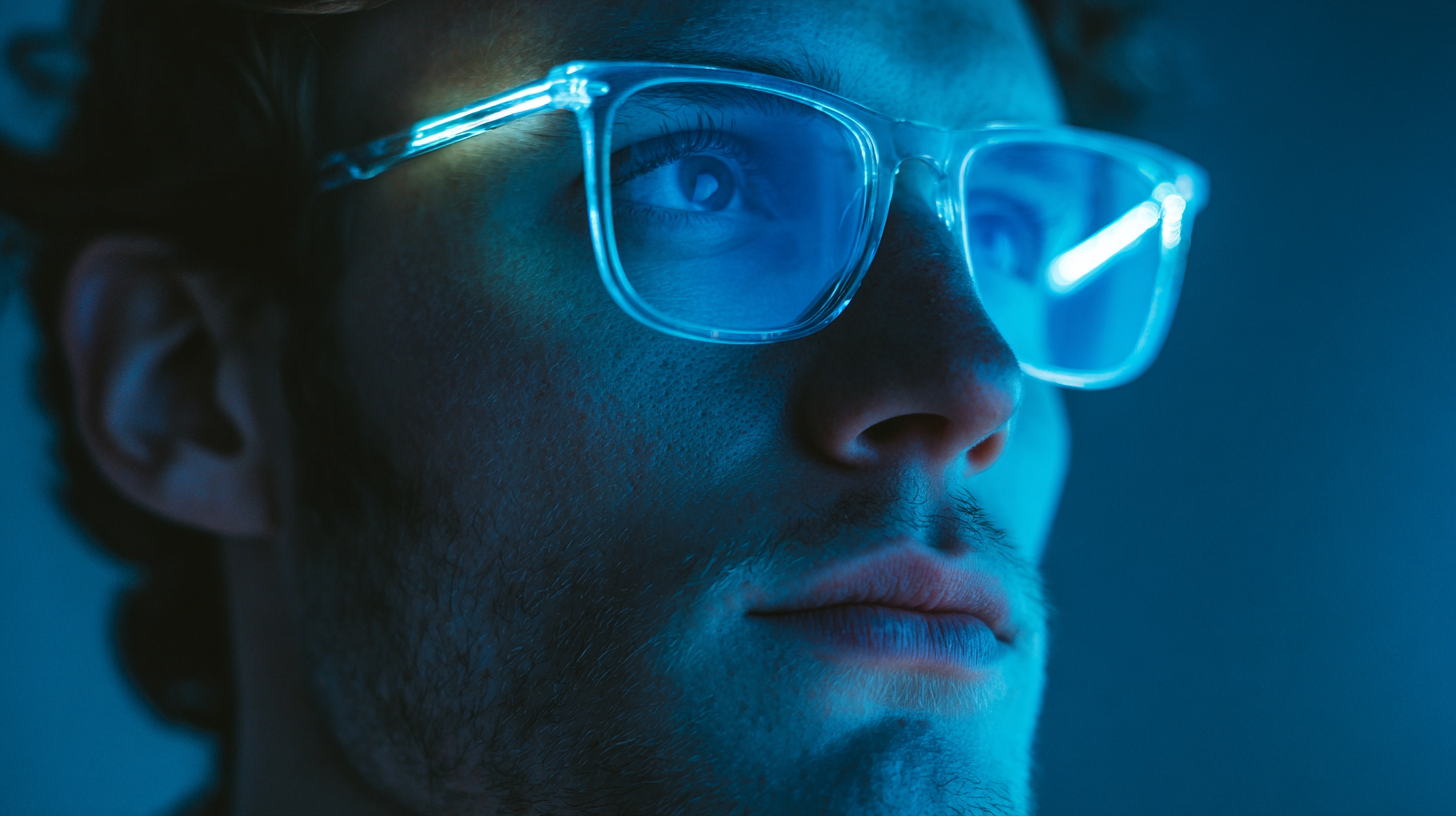
Moreover, the integration of smart technology with eye care is on the rise. Wearable devices with built-in blue light filters and eye-tracking capabilities are being designed to monitor screen time and remind users to take breaks. This proactive approach to eye health not only promotes better visual comfort but also encourages healthier lifestyle choices. With these innovations, the future of eye health shines brightly, supporting the global trend towards holistic wellness and preventive care practices.
